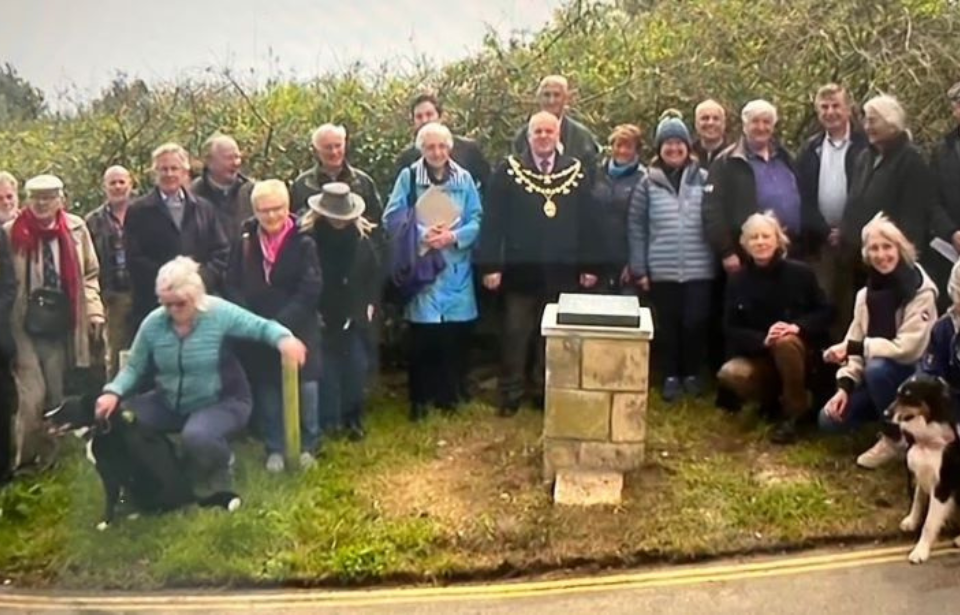Nearly 80 years after the disastrous rehearsal for the D-Day landings, a memorial has been erected in honor of the 110 American servicemen who perished during what was supposed to be a practice amphibious landing. The unveiling of the monument was a result of four years of research by one man, who was determined to keep the fallen soldiers’ legacies in the public consciousness.
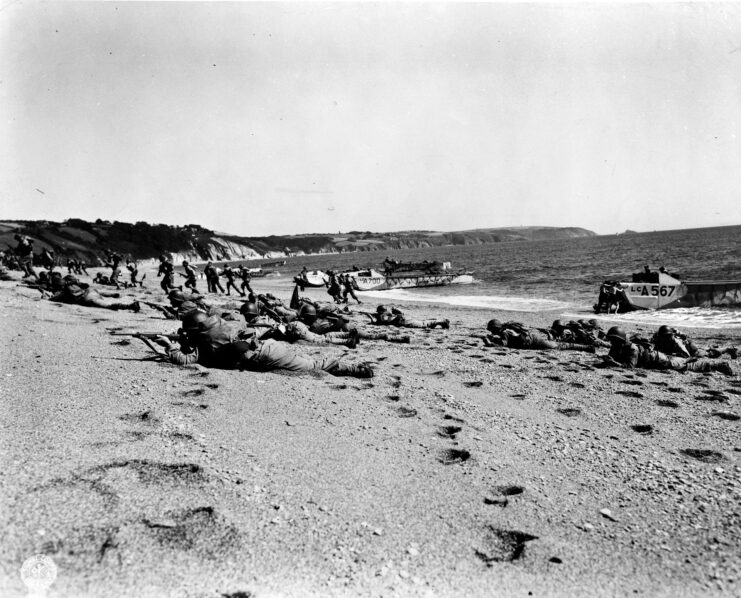
The size of the D-Day landings meant the Allies needed to do a lot of preparatory work if they were to succeed. Exercise Tiger was intended to be a live-fire rehearsal at a practice site in Slapton Sands, Devon. The area had been chosen because it resembled the conditions of Utah Beach – one of the five beaches Allied troops would descend upon on the coast of Normandy.
Around 30,000 Allied troops were brought in to participate in rehearsals. The intention was that such a large gathering would be kept a secret, but Luftwaffe aircraft spotted the large group. While the Germans didn’t know what they were up to, it was obvious it was something big.
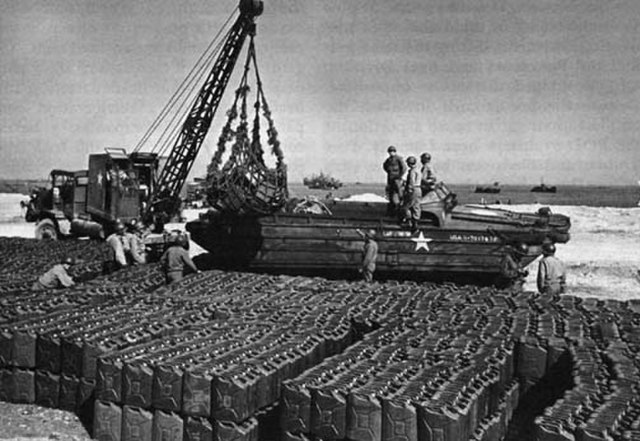
The first stage of Exercise Tiger was to occur from April 22-25, 1944, with the second taking place from the 26 onward. The aim of the first was to conduct embarkation drills, while the second phase was to be a simulation of a journey across the English Channel and practice assaults. Slapton Sands was chosen as the final destination for the latter.
From the get-go, things got off to a terrible start. While the initial H-hour for the tank landing ships (LSTs) to depart had been pushed back an hour, some hadn’t gotten the message and left at the original time of 7:30 AM. As those on Slapton Sands were expecting the landings to take place later in the morning, they assumed the LSTs were enemy craft and began firing.
While the exact casualty total is unknown, it’s believed 450 men lost their lives in the incident, including 110 Americans.
Fast forward to April 28. Around midnight, nine Kriegsmarine E-boats departed Cherbourg for patrols of the English Channel. Before long, they noticed the silhouettes of Allied LSTs in the water. The German vessels split into two groups and launched an attack, with several of the LSTs suffering torpedo strikes.
When the engagement, which later became known as the Battle of Lyme Bay, was finished, the Allies had suffered hundreds of casualties, with some putting the number as high as over 700. Of that, 551 had served with the US Army and 198 were US Navy sailors.
In the aftermath, Exercise Tiger was the subject of great scrutiny, with it later earning the title of the deadliest training incident involving American servicemen during the Second World War.
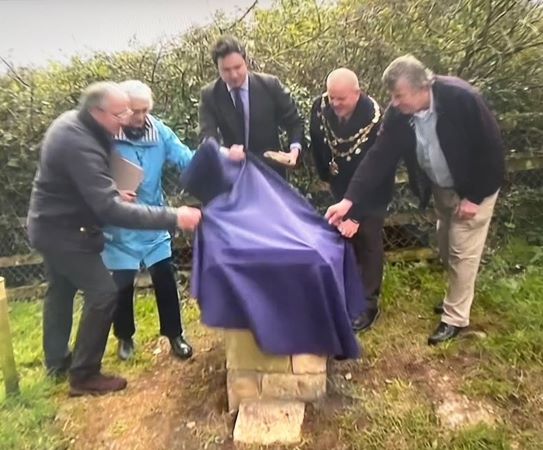
The memorial erected in Devon, was researched and funded by Teddy Cranmer, who wanted to set the record straight about what happened during Exercise Tiger. It’s the second monument to be dedicated to the fallen in the area, with a Sherman DD standing in Torcross.
Cranmer wanted a second memorial, given there were two fatal incidents during the D-Day rehearsals. The monument, a cairn at the Strete Gate parking lot, was unveiled to the public on April 5, 2024, by local government officials. It features a plaque, which reads:
“Near this end of Slapton Sands, early in the morning of April 27, 1944, over 100 US Army personnel lost their lives on Exercise Tiger while practising for the forthcoming landings at Utah Beach, Normandy 6th June 1944 (D-Day). This preceded the action off Portland the following night 28th of April 1944 in which 639 US servicemen in Convoy T4 were lost to enemy action.
“May they rest in peace.”
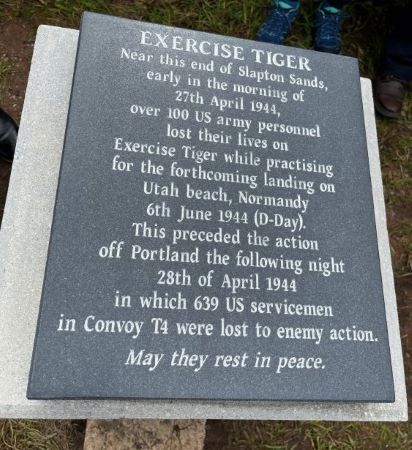
At the unveiling, MP Anthony Mangnall said, “It’s a commemoration today of those who lost their lives in a friendly firing exercise on Slapton Sands 80 years ago. One man, Teddy Cranmer, who can’t be here because he’s ill has done remarkable work in pulling together a monument that is going to stand the test of time and remember those remarkable soldiers who went out to protect our freedoms.”
More from us: Wreck of British Warship Sunk in the 18th Century Identified Off the Coast of Florida
The unveiling was followed by tea at the Field Studies Centre in Slapton Sands.
